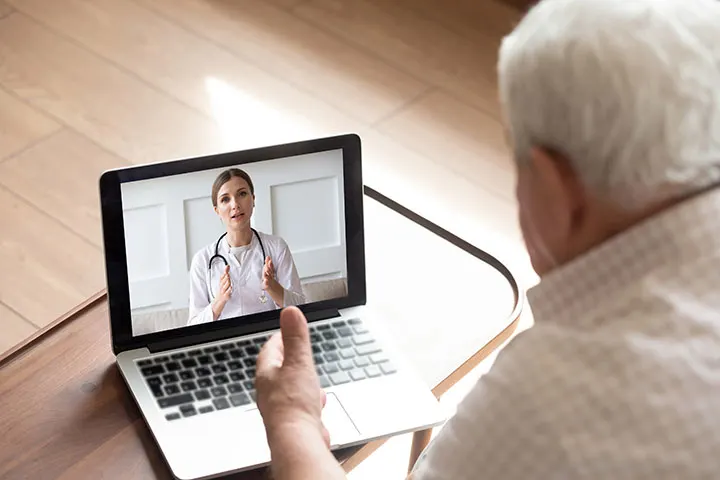Telehealth Popularity Soars Amid COVID-19 Pandemic

By Madeline Cheney
Telehealth has been slowly gaining traction over the last several years but is now booming amid the current COVID-19 pandemic. In an effort to reduce exposure to patients and providers, the option to utilize telehealth services has become both invaluable and necessary in recent weeks. With social distancing and stay-in-place orders around the country, many doctor's offices have virtually shut down in an effort to combat the spread of COVID-19. In fact, I recently called my dentist about scheduling my next exam and was told that they are not making appointments for at least another two months. Instances like this are becoming more and more common in many healthcare settings.
Though telehealth appointments can’t cover every medical need such as dental exams and emergency visits, they do cover a wide breadth of appointments, including general consultations, follow-up appointments, mental health care, prescription refill requests, and dermatology to name a few. In recent weeks, this has even expanded to include appointments like physical therapy. Because it has not been possible for many to go to physical appointments, the demand for telehealth since the COVID-19 crisis has increased ten-fold, boosting the number of telehealth users by millions.
Many users have had positive experiences with telehealth, often citing the ease of use as well as time and money saved from not having to travel to a doctor and then wait for their appointment. There are a variety of telehealth apps now available, which make it easy to video chat, message, or talk on the phone with a doctor at any time. Rural populations, in particular, can benefit from telehealth by avoiding even longer travel times and providing access to medical care that may be better than their closest provider can offer. Additionally, during this pandemic, checking with a telehealth doctor before visiting a hospital can help prevent unnecessary visits and exposure to coronavirus, which could result in its continued spread. Overall, telehealth reduces wasted time and money for both patients and providers; it increases the accessibility of healthcare and therefore improves the potential quality of care.

Conversely, some telehealth users reported having lower quality appointments due to the inability of the doctor to perform physical examinations. Without meeting in person, it is impossible to pick up on certain things that would only be noticed at a physical appointment, such as an odor or change in gait. This can ultimately make it more difficult for doctors to make accurate diagnoses for certain medical conditions. Additionally, because of the tech-based nature of a telehealth appointment, older generations may find it more challenging to communicate with their medical provider due to a lack of technological proficiency.
Physical visits to the doctor will always be necessary. However, despite the shortcomings inherently present in a telehealth appointment, at a time like this, telehealth has made it possible to maintain continuity of medical care for millions. Although it has had a slow start, telehealth is here to stay now that so many more people have had first-hand experiences with it and may prefer it for certain medical appointments going forward. It is expected to remain a popular healthcare option even after this COVID-19 pandemic.
